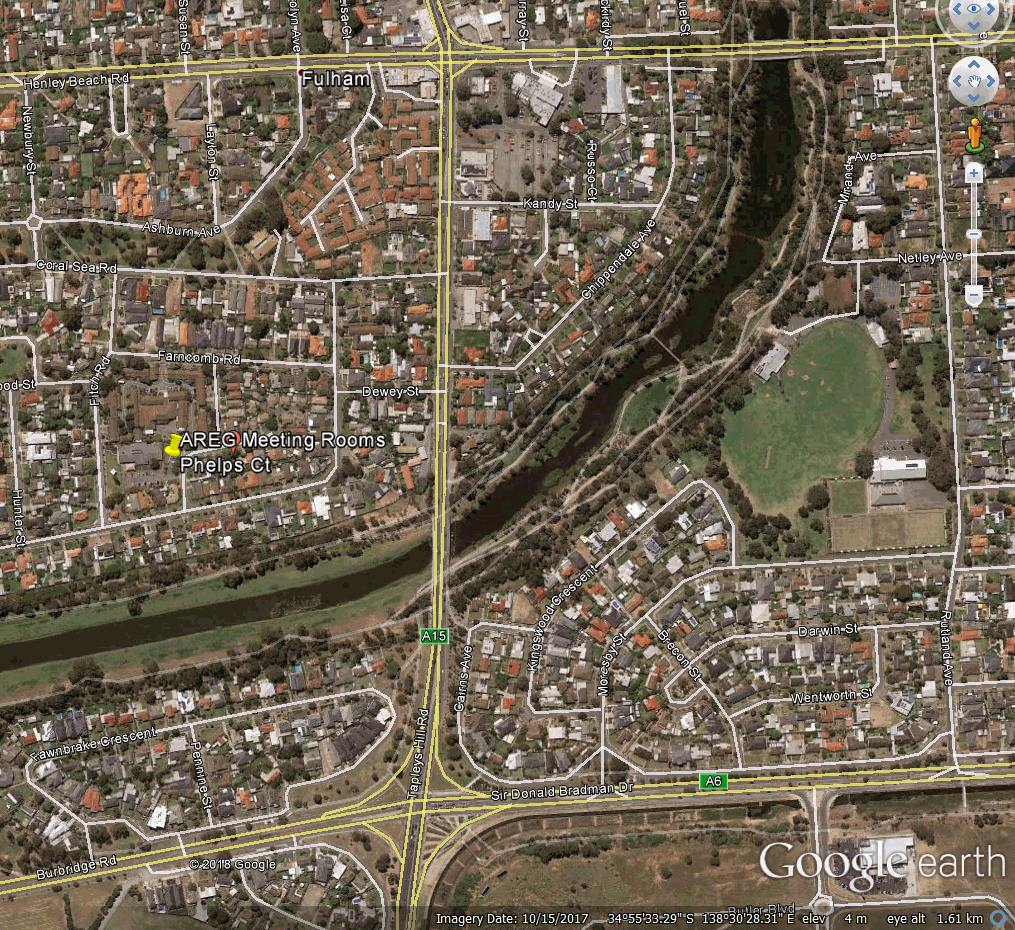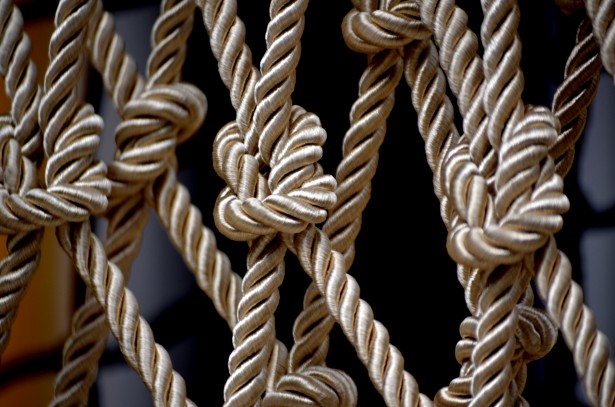
After several months of disruptions due to lightning and HDD failures at both the VK5RSB IRLP node and the VK5RWN DSTAR Gateway AREG is pleased to announce that we have been able to restore both services in time for this weekend’s Jamboree on the Air for the Scouting and Guiding communities.
VK5RSB Internet Relay Linking Project Node #6214
 The IRLP Node 6214 will be available for use by users supporting JOTA this weekend, 20, 21 October. The node can be accessed via the VK5RSB 70cm repeater on 439.900 (-5MHz) using a 91.5Hz CTCSS access tone.
The IRLP Node 6214 will be available for use by users supporting JOTA this weekend, 20, 21 October. The node can be accessed via the VK5RSB 70cm repeater on 439.900 (-5MHz) using a 91.5Hz CTCSS access tone.
In the support for JOTA, the prefix access code has been removed for this weekend, thus allowing free access to the node.
Therefore to access remote IRLP nodes,
- dial in the 4 digit DTMF node address of the remote node.
- to disconnect the IRLP connection, just dial “73” a the end of the QSO.
AREG wishes the JOTA teams and other users, to have fun with contacts via the IRLP Node 6214.
VK5RWN DSTAR Gateway Restored for the 2m/70cm repeaters
 The VK5RWN D-Star repeater and gateway is also now fully functional after its computer rebuild. It’s new computer has been installed and the gateway configuration is now complete using the new ICOM G3 software.
The VK5RWN D-Star repeater and gateway is also now fully functional after its computer rebuild. It’s new computer has been installed and the gateway configuration is now complete using the new ICOM G3 software.
Currently the configuration is;
- Port C, the 2m port, is unlinked and available for general use or user linking to reflectors and gateways etc (147.0375 +600kHz)
- Port B, the 70cm port, is permanently linked to Reflector REF023C and will output any activity on this reflector and will repeat local RF activity on the 70cm channel into the reflector network. (438.400 -5.4MHz)
NOTE: Port B may be disconnected from the link to REF023C with the unlink command, “^^^^^^^U” , (the ^ represents spaces) then it may be connected by the user to another address.
VK5RWN activity is now being reported to various Dashboards,
D-Star network access seems to fully functional. Ben VK5BB reports that he has tested linking to several reflectors through the local gateway as well as connecting directly to VK5RWN via his JumboSpot hot spot successfully.
So, any members or DSTAR users in Adelaide who have an interest in D-Star, have D-star capable radios and are registered on the D-Star system, please give VK5RWN a try out and feedback will be appreciated please?
73 from Ben VK5BB

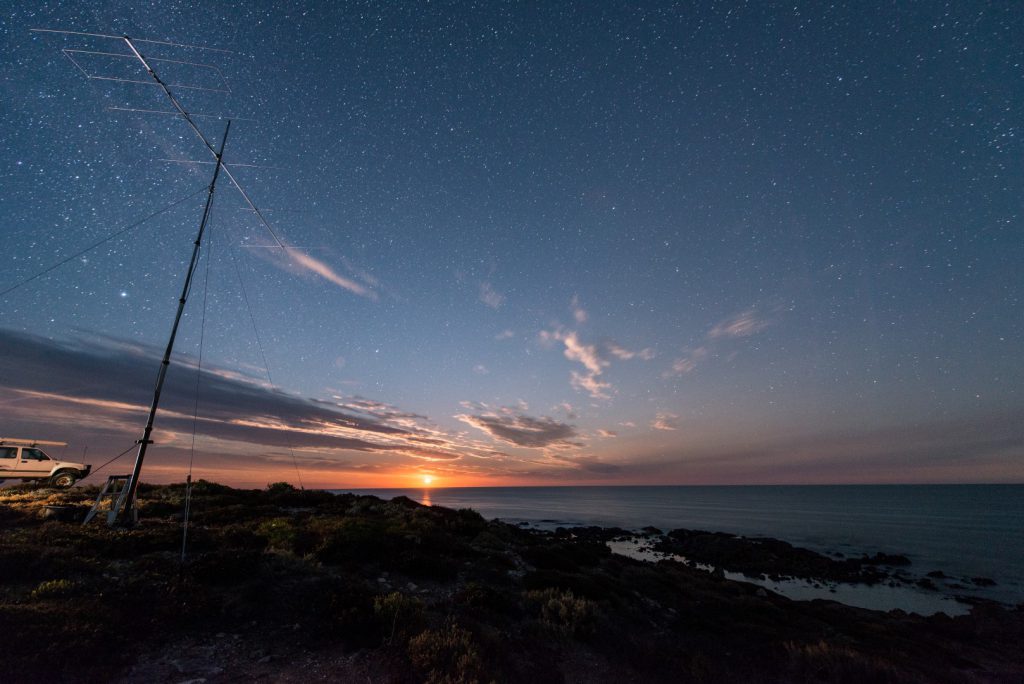
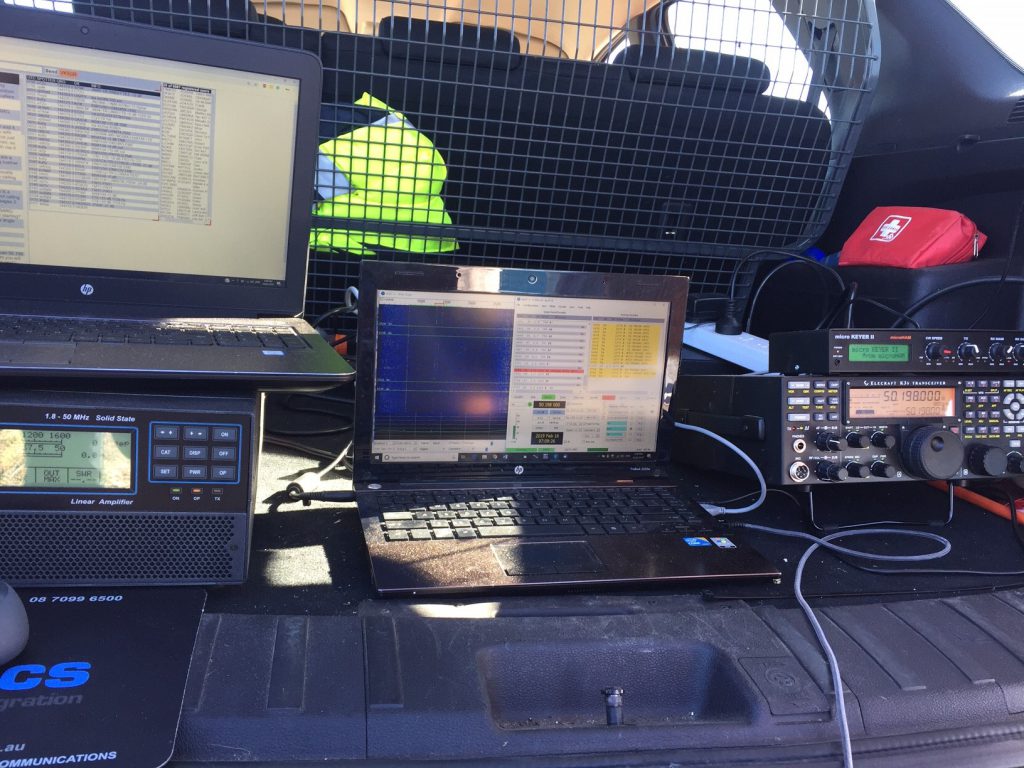


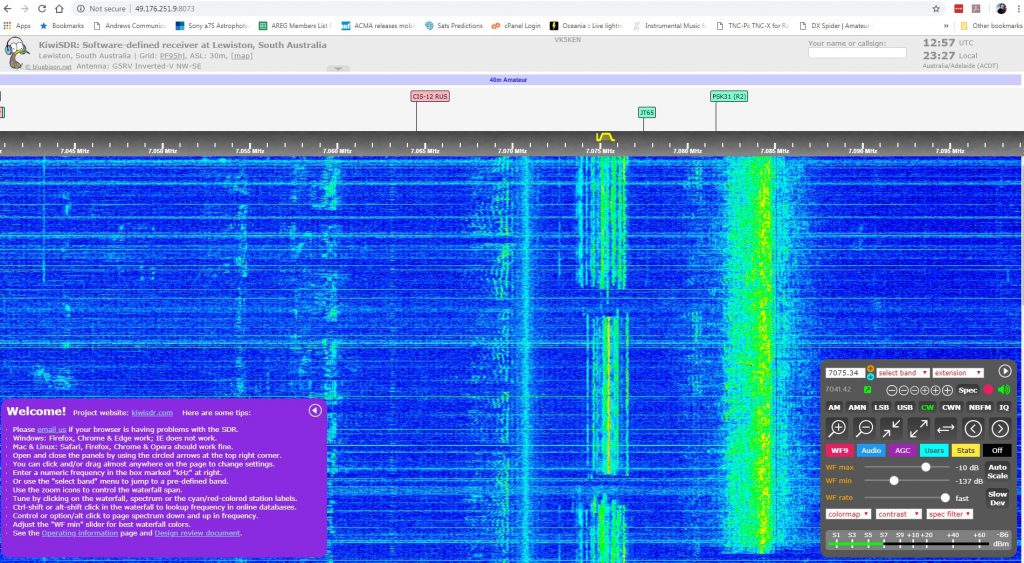

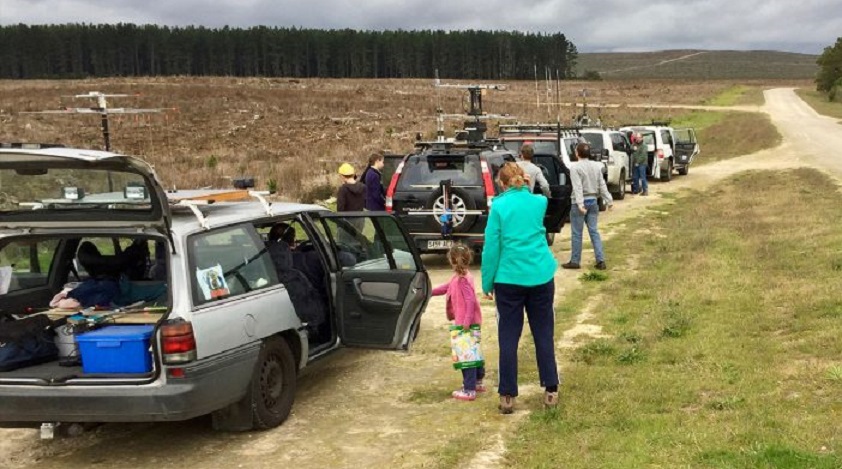

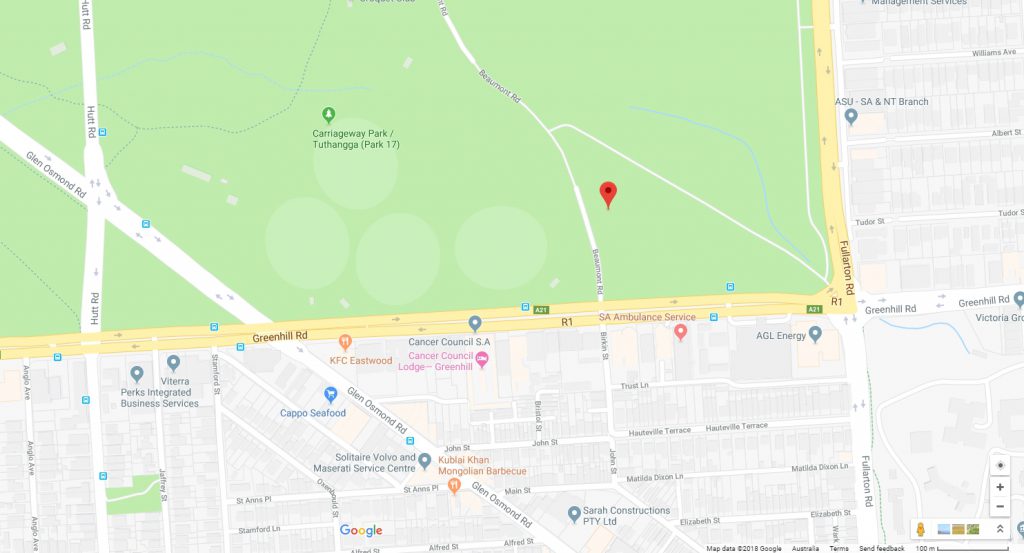

 The IRLP Node 6214 will be available for use by users supporting JOTA this weekend, 20, 21 October. The node can be accessed via the VK5RSB 70cm repeater on 439.900 (-5MHz) using a 91.5Hz CTCSS access tone.
The IRLP Node 6214 will be available for use by users supporting JOTA this weekend, 20, 21 October. The node can be accessed via the VK5RSB 70cm repeater on 439.900 (-5MHz) using a 91.5Hz CTCSS access tone.

